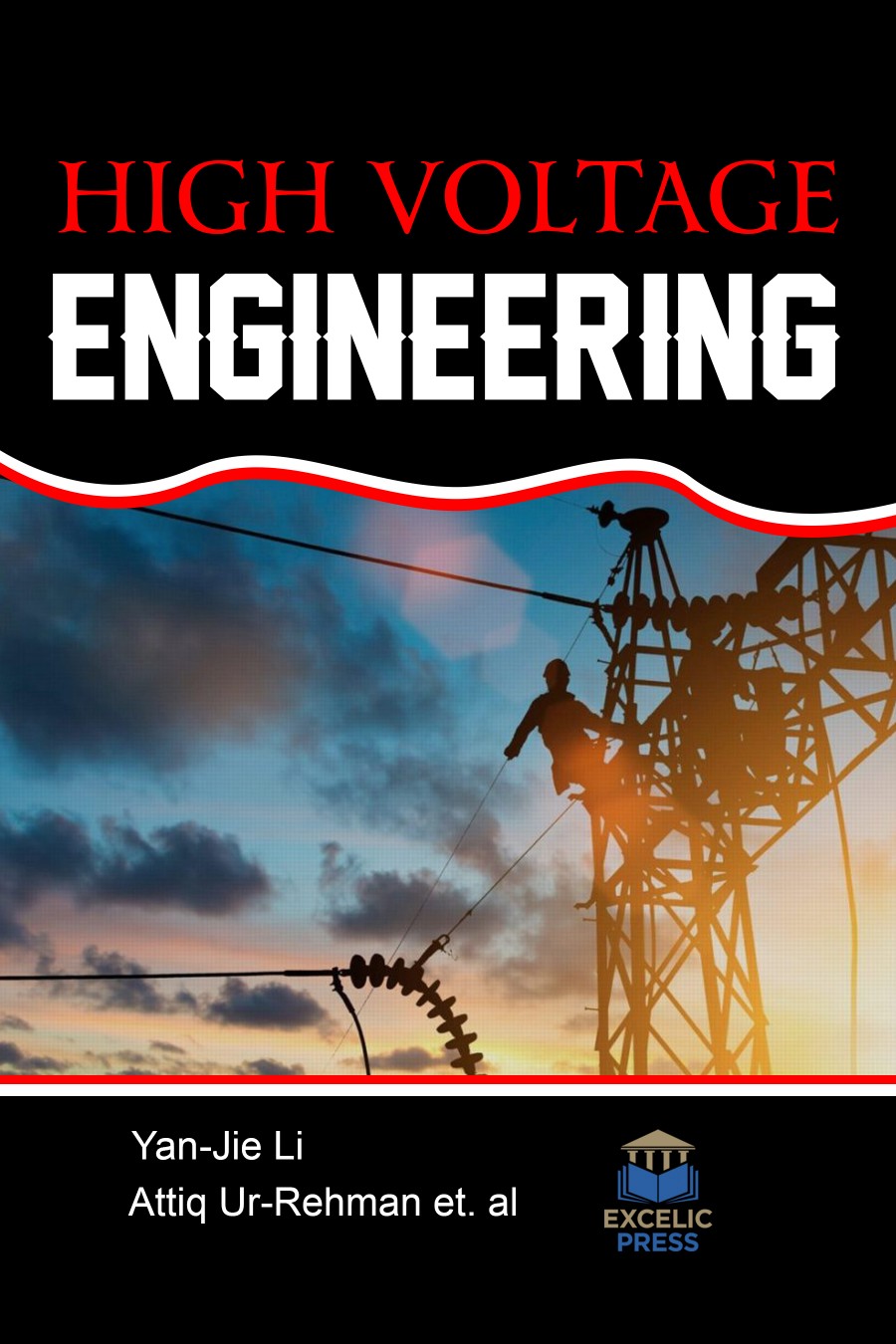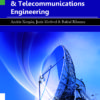Demand for electricity is rising at faster speed than ever before with rapidly evolving technologies. To encounter the growing demand, the generation capacity is to be improved as well as proficiently transported over large distances with minimum losses. It is observed that an ultra-high-voltage transmission line would be more suitable for transfer of bulk power efficiently. One of the key concerns in transmission of electricity is power loss in transmission lines, dissipated as heat due to the resistance of the conductors. The smaller the surface area of the conductors, the smaller the loss to heat dissipation. High voltages require less surface area, resulting in reduced line loss. With high-voltage lines, the voltage can be stepped up at the generating station, transmitted through the transmission grid to a load center, and there stepped down to the lower voltages required by distribution lines. Thus it is vital that the electrical engineers need be equipped with the latest research and development issues in high voltage technology. This emphasizes the need for engineering/technical institutions and practicing high voltage engineers to know modern techniques for increasing power generation as well efficiently transmitting it. Higher and higher voltage for power transmission has been a fascinating subject of research after the advantages of EHV transmission was realized nearly a century back.
High Voltage Engineering integrates state of the art reviews and real cases in high-voltage techniques, to provide an understanding of high-voltage phenomena, and to present the basics of high voltage insulation design together with the analytical and modern numerical tools available to high-voltage equipment designers. An attempt has been made to study the major research areas in High Voltage discipline. This book also presents the coverage of innovative developments and future trends in high-voltage technology.
This book will be of conversant to advanced graduate students and practicing engineers engaged in the design and operation of high-voltage equipment.













